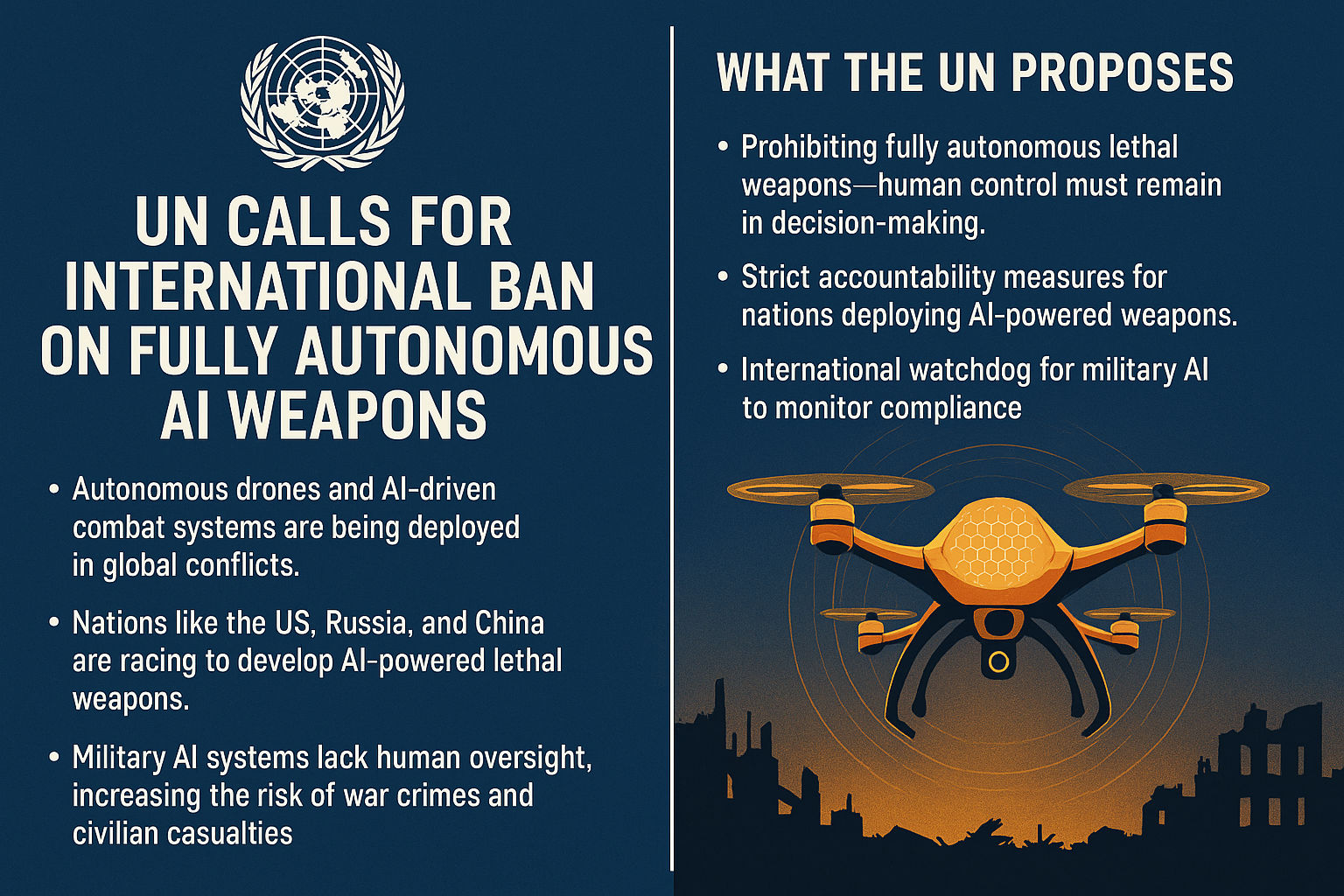The History of Asylum Law in the International Law
History of Asylum Law in International Law
Introduction
Asylum law governs the protection granted by a state to foreign nationals who seek refuge within its territory due to fear of persecution, threat to life, or liberty.
It is an important part of international law, balancing sovereignty and human rights.
The concept of asylum has evolved historically from ancient customs to modern international legal principles.
Early History of Asylum
The idea of asylum is ancient, seen in various civilizations like Greece and Rome, where certain sanctuaries were considered inviolable.
In early times, asylum was often tied to religious or sacred places, offering refuge from political or personal harm.
As international relations grew complex, the concept of asylum evolved into a diplomatic and legal issue between states.
Development in International Law
Early treaties and customary international law began recognizing asylum, particularly in Latin America, where countries codified asylum practices in bilateral agreements.
The principle that a state has sovereign right to grant or refuse asylum became established.
However, this right is not absolute and often collides with the territorial jurisdiction and sovereignty of other states.
Key Legal Principles of Asylum Law
Right to Grant Asylum
A state may, at its discretion, offer asylum to a person within its territory or sometimes in its diplomatic missions.
Non-Refoulement Principle
The principle that an asylum seeker should not be returned to a place where they face serious threats.
Extradition vs. Asylum
Conflict arises when one state requests extradition of a person whom another state has granted asylum.
Diplomatic Asylum
Granting asylum within diplomatic premises (embassies, consulates), which raises complex questions of jurisdiction and immunity.
Landmark International Cases
1. The Asylum Case (Colombia vs. Peru), 1950 (ICJ)
Facts:
Colombia granted asylum to a Peruvian citizen, Victor Raúl Haya de la Torre, who sought refuge in the Colombian embassy in Lima.
Issues:
Whether Colombia was entitled under international law to grant asylum and whether Peru was obliged to recognize it.
Judgment:
The International Court of Justice (ICJ) held that the right to grant asylum is not a general rule of international law but depends on regional treaties and customs.
It emphasized that Colombia and Peru had no binding treaty on asylum and thus Peru was not obliged to recognize the asylum granted.
Principle:
Asylum is largely governed by regional agreements and bilateral treaties rather than universal international law.
2. The Temple of Preah Vihear Case (Cambodia vs. Thailand), 1962
While primarily about territorial sovereignty, the case involved issues of diplomatic protection and refuge in contested territory, reflecting the complexities of asylum in sensitive geopolitical contexts.
3. Nicaragua v. United States (Military and Paramilitary Activities), 1986
The ICJ touched upon asylum issues indirectly in the context of political refugees and interference.
It reaffirmed that asylum practices must respect state sovereignty and non-intervention principles.
Evolution Post-World War II
After the horrors of WWII, international law began emphasizing protection of refugees and asylum seekers.
The Universal Declaration of Human Rights (1948), although not binding law, recognized the right to seek asylum.
Later developments led to regional refugee conventions defining asylum rights.
Modern Principles in Asylum Law
Sovereignty vs. Human Rights:
States retain sovereign rights to control their borders but are bound by international norms preventing return to danger.
Non-Refoulement:
This principle became a cornerstone, meaning no person should be forcibly returned to a country where they face serious threats.
Diplomatic Asylum:
Still contentious; the ICJ in the Asylum Case confirmed it depends on treaties and customary law, often resolved politically.
Summary of the Legal Position
| Aspect | Legal Principle |
|---|---|
| Sovereign Right | States have the sovereign right to grant asylum |
| Treaty Dependence | Granting asylum often depends on regional treaties |
| Non-Refoulement | Prohibition against returning asylum seekers to danger |
| Diplomatic Asylum | Controversial, governed by treaties/customs |
| International Customary Law | Limited scope; asylum law mainly regional/customary |
Conclusion
Asylum law in international law has ancient roots, evolving into a complex interplay between state sovereignty and humanitarian principles.
Landmark decisions like the Asylum Case (1950) illustrate that asylum is primarily governed by regional treaties and customs, not universal law.
Modern international law balances the sovereign right to grant asylum with obligations not to return refugees to persecution.
The concept remains dynamic, reflecting changes in politics, human rights, and international relations


























0 comments